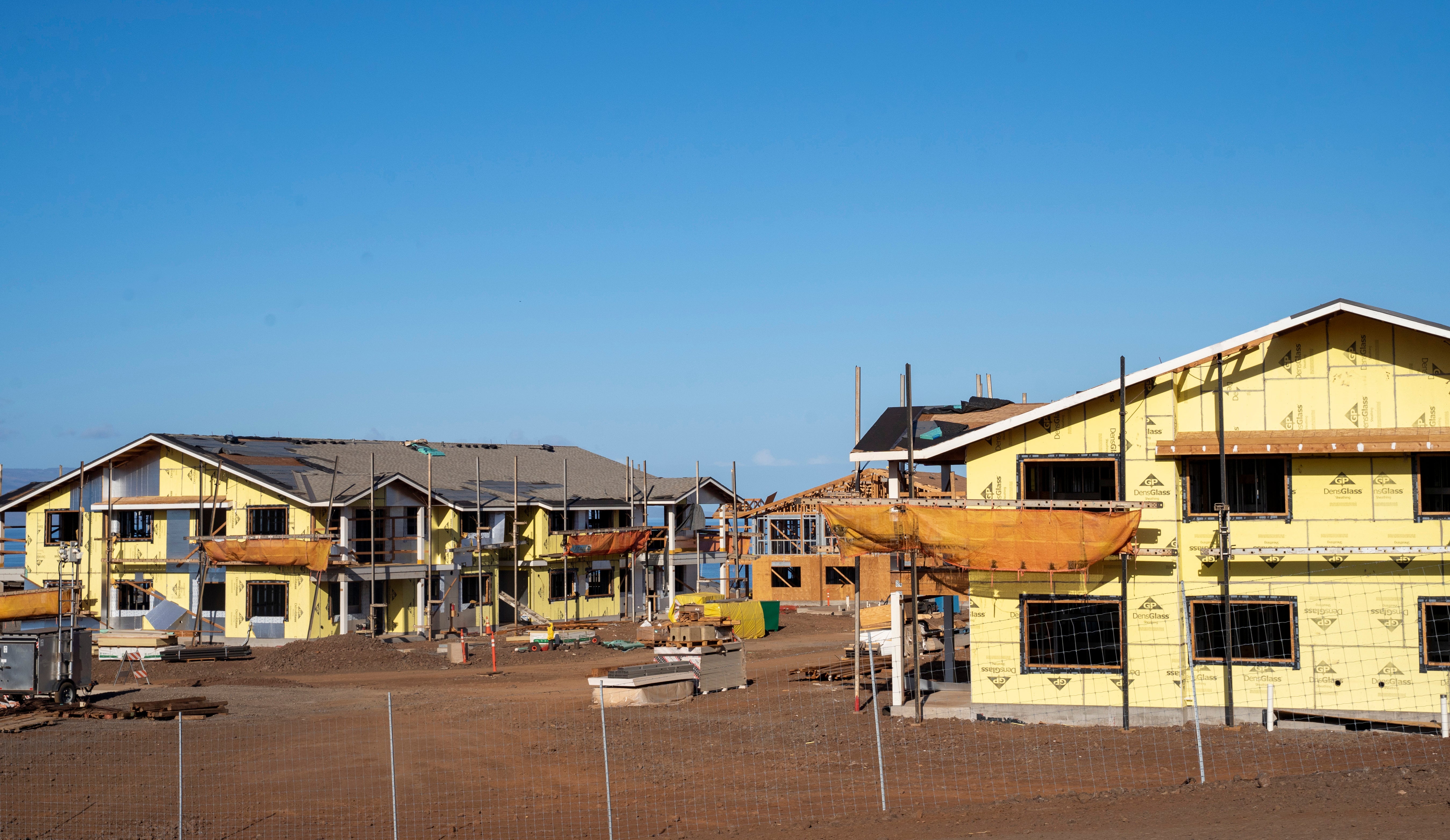Regulatory costs account for half of the price of new condos in Hawaii, university report finds
A University of Hawaii report says regulatory costs account for more than half of the price of a new condo in Hawaii

Your support helps us to tell the story
From reproductive rights to climate change to Big Tech, The Independent is on the ground when the story is developing. Whether it's investigating the financials of Elon Musk's pro-Trump PAC or producing our latest documentary, 'The A Word', which shines a light on the American women fighting for reproductive rights, we know how important it is to parse out the facts from the messaging.
At such a critical moment in US history, we need reporters on the ground. Your donation allows us to keep sending journalists to speak to both sides of the story.
The Independent is trusted by Americans across the entire political spectrum. And unlike many other quality news outlets, we choose not to lock Americans out of our reporting and analysis with paywalls. We believe quality journalism should be available to everyone, paid for by those who can afford it.
Your support makes all the difference.A University of Hawaii report published Monday found regulatory costs account for more than half of the price of a new condominium in Hawaii, a place where high housing costs are fueling an exodus of local-born residents searching for cheaper places to live.
Some are worried the migration of Native Hawaiians and other local residents could accelerate if the rebuilding of the wildfire-stricken Maui town of Lahaina makes housing there unaffordable for people from the community.
The report from the university's Economic Research Organization found the median price of a new two-bedroom condo in Hawaii is $672,000, more than twice the nationwide average of $300,000.
Regulatory costs comprised an average of $387,000, or 58% of the median Hawaii price, according to the report. Construction costs accounted for 41% and land 1.4%, the report said.
Hawaii condos ranked highest in the nation for average land cost per half-acre and construction costs. California topped the country in terms of per-unit regulatory costs, and New York came in second. Hawaii ranked third.
Justin Tyndall, an assistant professor of economics at the university and one of the report's co-authors, attributed more than half of Hawaii's regulatory costs to long delays in the permitting process, requirements for a minimum number of parking spaces and other regulations. He noted that in the past five years, the median wait time for a construction permit to build a multifamily project in the islands was 400 days.
Another significant contributor, he said, was the requirement that developers build road, sewer and other infrastructure as a condition for receiving construction permits.
“This just shifts this whole burden of who’s paying for infrastructure onto developers. And ultimately that gets passed on to the purchasers of new housing,” Tyndall told reporters during a news conference.
Other states also impose this requirement on developers, but he said Hawaii was “above average” in its willingness to have developers pay these fees.
Traditionally, county governments built this infrastructure with property tax proceeds, according to the report.
On a county basis, Kauai and Maui per-unit condo regulatory costs were much higher than the state average at $567,000 and $561,000, respectively.
Tyndall said overall Maui needs more multifamily housing for housing to be more affordable, requiring reforms to make it easier to build. The report didn't have “specific lessons” for Lahaina, he said, adding that the question “should be left up to the people of Lahaina.”
The researchers compared the prices of newly built condos rather than single-family homes because building materials, labor and land all have observable market prices. In contrast, they said the price of a single-family home is largely determined by land costs.